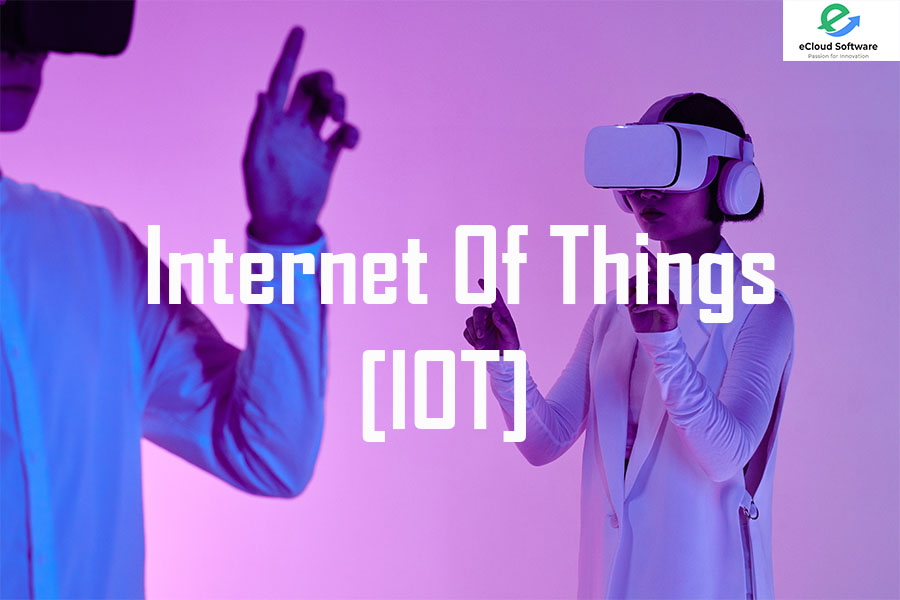Another promising new technology trend is IoT. Many “things” are now being built with WiFi connectivity, meaning they can be connected to the Internet—and to each other. Hence, the Internet of Things, or IoT. The Internet of Things is the future, and has already enabled devices, home appliances, cars and much more to be connected to and exchange data over the Internet.
As consumers, we’re already using and benefitting from IoT. We can lock our doors remotely if we forget to when we leave for work and preheat our ovens on our way home from work, all while tracking our fitness on our Fitbits. However, businesses also have much to gain now and in the near future. The IoT can enable better safety, efficiency and decision making for businesses as data is collected and analyzed. It can enable predictive maintenance, speed up medical care, improve customer service, and offer benefits we haven’t even imagined yet.
Why is Internet of Things (IoT) so important?
Over the past few years, IoT has become one of the most important technologies of the 21st century. Now that we can connect everyday objects—kitchen appliances, cars, thermostats, baby monitors—to the internet via embedded devices, seamless communication is possible between people, processes, and things.
By means of low-cost computing, the cloud, big data, analytics, and mobile technologies, physical things can share and collect data with minimal human intervention. In this hyperconnected world, digital systems can record, monitor, and adjust each interaction between connected things. The physical world meets the digital world—and they cooperate.
What are IoT applications?
Business-ready, SaaS IoT Applications
IoT Intelligent Applications are prebuilt software-as-a-service (SaaS) applications that can analyze and present captured IoT sensor data to business users via dashboards. We have a full set of IoT Intelligent Applications.
IoT applications use machine learning algorithms to analyze massive amounts of connected sensor data in the cloud. Using real-time IoT dashboards and alerts, you gain visibility into key performance indicators, statistics for mean time between failures, and other information. Machine learning–based algorithms can identify equipment anomalies and send alerts to users and even trigger automated fixes or proactive counter measures.
With cloud-based IoT applications, business users can quickly enhance existing processes for supply chains, customer service, human resources, and financial services. There’s no need to recreate entire business processes.
What is an example of an Internet of Things device?
Pretty much any physical object can be transformed into an IoT device if it can be connected to the internet to be controlled or communicate information.
A lightbulb that can be switched on using a smartphone app is an IoT device, as is a motion sensor or a smart thermostat in your office or a connected streetlight. An IoT device could be as fluffy as a child’s toy or as serious as a driverless truck. Some larger objects may themselves be filled with many smaller IoT components, such as a jet engine that’s now filled with thousands of sensors collecting and transmitting data back to make sure it is operating efficiently. At an even bigger scale, smart cities projects are filling entire regions with sensors to help us understand and control the environment.
